Earth Mother and Her Emerging Tribe of Leaders
Our Planet, the Great Mother, is giving birth. At this evolutionary junction, she is bringing forth a new vision of humanity that no one has seen before.
Birthing is a moment that straddles life and death. A woman’s body is pushed to her physiological limits. A baby may die while struggling to come through the birth canal. The Great Mother and her child, our human civilization, are feeling the gigantic forces of this birthing, such as climate change, mass extinctions and wave after wave of pandemic outbreaks.
At this critical moment, a tribe of leaders emerges. They are system thinkers, change-makers, and social innovators. Each of them, holding a piece of the vision, IS a cell of this “baby”, this new life emerging. They are the baby being born, and the Mother who is birthing, along with the midwives (midhusbands too) all at the same time! Everyone plays a unique role shaped by their individual talents and gifts, their personal history and ancestral heritage.
These leaders may or may not carry a formal title such as president or manager. Nor do they necessarily wear a suit and tie or sit in leather executive chairs. I have seen them in the form of artists, healers, farmers, social workers, youth and parents. They come in all colors, ages, and shapes.
The indigenous cultures surviving colonization remind us that planet Earth, the Great Mother, is alive, breathing and conscious. When we, her children, carry this awareness and respect and care for the place where we dwell, the Great Mother breathes her magnificent beauty and vibrancy into our being.
In the suburbs of Seattle where I lived for twenty-one years, I watched how the aliveness of Earth Mother dwindled as the city became swollen with sprawling development: condo buildings, and rising skyscrapers representing money-making giants with big names such as Google and Amazon.
I believe the development of modern culture is a triumphant step in the journey of human evolution. I believe Earth Mother has blessed humans on this journey so we can discover our strength, ingenuity and share our creations with each other. However, we also became cocky and obsessed with illusions about our success. In our delusional state, we demand more and more resources from Mother Earth, forcing our will onto her like spoiled teenagers. Mother Earth starts to clearly say a loud “No” through ever-more intense hurricanes and forest fires as well as pandemics disrupting our human business-as-usual.
I believe this newly emerging tribe of leaders will lead us on a journey of reunion with the Great Mother so that we can regenerate the planet, and ourselves in her healing power. This is the great birthing to which we are being called.
Giving Birth in Ecstasy
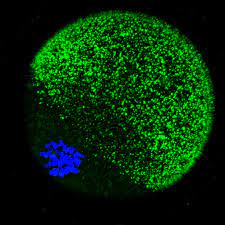
Nature provides a woman’s body with the potential to give birth in ecstasy. If the woman attunes to her body’s natural impulses and surrenders to her instinct, her body can orchestrate an exquisite symphony of hormones that will trigger an explosion of pleasure, love and transcendence. It’s not about numbing or eliminating the pain. Instead, it is a repatterning of our nervous systems so that the very physiological processes that cause pain become the source of a transcendental and ecstatic experience. This is the secret: to transcend pain is not to avoid it, but to give ourselves to its experience even more fully, without drowning in it.
Yet, few of us know what’s like to be born to a mother in ecstasy. I don’t. My parents were under severe psychological distress when I was born in the middle of the Cultural Revolution in the seventies in China. My birth was laden with struggle and trauma, which took decades to heal. Its imprint still reverberates in my body.
For those of us who self-select as a tribe of leaders to birth a new future, if you are like me, how can we heal the trauma passed down from generations ahead of us? How do we learn to birth and be born in ecstasy?
Holding this question, I have been dedicating my life to seeking a “medicine” to aid this birthing. The only way to find this “medicine” is through experimenting on myself.
As a woman, in this lifetime, I choose not to give birth to a physical child, but to a metaphysical child. I dived into ancient Chinese cosmology, a domain that forbade women to enter in the patriarchal era for millennia, even though ancient myths wove stories of female and male sages co-creating this cosmology.
My “child” is a body of work called the Resonance Code. Its maternal source came from the oldest Chinese classic, the I Ching, the Book of Change, an important foundation for Chinese civilization. Its paternal source, however, comes from my interactions with my western collaborators and partners. Together, we laid a theoretical foundation to re-interpret I Ching in the context of modern leadership development.
In 2019, the first “child” of mine, a book titled Resonance Code: Empowering Leaders to Evolve Toward Wholeness, came through in waves of mental, emotional and intellectual contractions. When the final version of the book finally hit me like a tsunami after several failed attempts, I stayed in a three-month-long trance, transcribing what was channeled through my consciousness into words. I haven’t mastered ecstatic birthing yet. My psyche was so fried that I nearly lost my sanity. However, the struggle and pain of this birthing led me closer to my female ancestors.
When I was writing, or giving birth to my book, I often thought about my grandmother. My grandmother is an illiterate peasant woman living in a village of Sichuan Province. Married at 13, she gave birth to 13 children, of which 6 died early. Many of her births happened while she was working in the fields with her bound feet. Mutilating a woman’s feet either with binding or high-heel shoes is a sure way to disempower her by cutting off her embodied connection with Earth Mother.
During the book-writing, when I was experiencing another round of “contractions”, a re-work of yet another edition of the manuscript, I pictured my grandmother. How did she bend down in the field when the contractions hit? How did she shuffle her bound feet, running toward hay straw when her water broke? How did she cut the umbilical cord and wrap the new baby in rags? As the first female author of my lineage, I asked all my feminine ancestors to guide me and hold my hands.
My book is a prayer. I pray for all the mothers of physical and metaphysical children. I pray for a future when more mothers, with their partners’ help and blessing, can give birth to a child, physical or metaphysical, in ecstasy again! I pray that the world will see leaders who are bold enough to imagine, embody and steward a new vision of the future beyond anything we have seen thus far on the Planet Earth. I pray that these leaders will be brave enough to feel their vulnerabilities, and wise enough to let the vulnerability guide them into the greater wisdom, instead of pretending to know the right answers or solutions.
I pray for a future when a woman can be taught that her intelligence and creative power lies not only in her brain but also in her womb and that the womb is not just an organ for reproduction but also for spiritual alchemy. I pray for a future when boys can learn how to nurture their emotional sensitivity without being shamed, so that their masculinity can reach its full, glorious peak without being hijacked by pompous aggression that disguises vulnerability.
Surprisingly, a strong response to my prayer came from a direction I hadn’t anticipated, my homeland China! After my first book was published, a community of people in China sought me out and invited me to teach in my native language. This is the first time I encountered the Chinese members of this tribe of emerging leaders. It’s the first time I spoke about this knowledge entrusted to my body in my native language!
Eighty percent of these people are women. Like me, they rise from a heritage where their grandmothers and grandfathers carry the heavy wounding of thousands of years of patriarchal oppression. Also like me, they have taken it upon themselves to regenerate the traditional spiritual teachings of our Chinese heritage and breathe new light into them in more modern contexts such as leadership.
They opened my eyes to see a source of transformative power that is not yet known to the rest of the world. This is a group of people who, on one hand, being only one or two generations away from the pre-industrialized way of life, retain the fullness and richness of the embodied wisdom of eastern culture; on the other hand, they are highly versatile and refined in navigating the landscape of modern knowledge, technology and mindsets. I believe that they will take on important roles in leading the transformation of our global culture in ways that the rest of the world has not yet imagined.
My Chinese students and collaborators, women and men, showered me with nourishment and blessings and helped me plant the Resonance Code in its native soil. Now, one and half years later, our work together matures into pregnancy with a second book. This time I am going to write it in Chinese, my native language. At the moment I was pondering bringing forth this new life, I received an unexpected invitation to visit the island of Moloka’i in Hawaii, located thousands of miles away from both the Asian and American shores of the Pacific Ocean.
Moloka’i: the Island of Powerful Prayer
When our vivacious host Lisa invited me and my partner Joe to visit Moloka’i, we recognized this as a special gift from Earth Mother. A powerful vortex converging Polynesian, Eastern Asian, and western cultures, this island sits at the nexus point where East and West, ancient and modern meet. I can’t imagine anything more rewarding than feeling my identity being reflected back by Earth Mother herself in the image of an island.
We were told that each of the seven islands of Hawaii embodies an energy center similar to the chakras of the human body. Moloka’i, situated in the middle, embodies the heart. Moloka’i was where traditionally the most powerful “kahuna”, Hawaiian Shamans, were trained and schooled. It is known as the island of Powerful Prayer. It is also where Hula, the Hawaiian ritual of dance, song and theatre play arose as a way to communicate with the Earth Mother and Sky Father.
To honor this invitation, Joe and I interrupted our usual work flow to dedicate six weeks of our time to the island. We went there without any agenda. We practiced what we have cultivated for years: listening to what the current moment wants to be. As I do that, I find a natural rhythm of life that enlivens me. I enjoyed swimming, frolicking in the water, meditating, baking, picking fruits from the garden, hiking, napping, cleaning and the creative work I do. There is no planning and yet everything has its place. We didn’t go to Moloka’i for a retreat or a vacation. We went there to embrace life in wholeness, of which work is also a vital component. I brought work with me which I did out of the sheer joy of working without the burden of obligations.
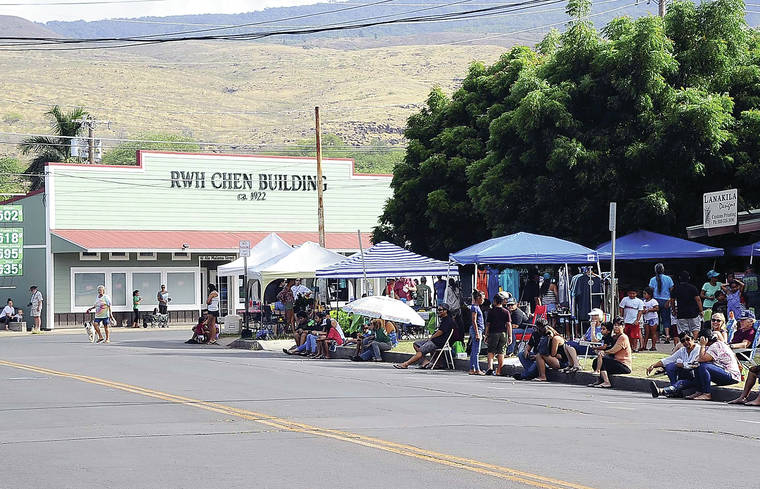
Unlike other more popular Hawaiian islands who dress themselves in a pleasing, polished modern look, decorated with five-star hotels and glistening luxury shops, Molokai is raw, wild and defiant. Signs saying “Tourists not welcome” line the only major road. There are no stop signs or traffic lights, no bars, movie theatres, fancy restaurants, or commercial entertainment. Most tourists seeking “fun” would leave in one day and say “there is nothing here!”.
“Good!” The locals would say. “Please don’t come back. This is how we want to keep our island.”
Moloka’i, among all the major islands of Hawaii, has the highest percentage of islanders with Hawaiian heritage. They are able to maintain the authenticity of their indigenous culture, fending off the influence of the commercialized tourist industry and the temptation of multi-million-dollar investments. This also means that many people of Moloka’i live in what our modern culture defines as “poverty”.
However, the people of Moloka’i have their own definition of what it is like to live in ABUNDANCE. They have miles and miles of empty, pristine beaches, where local people still practice their traditional ways of life, community gathering, fishing, cook-outs and summer camps. People grow their own food, cultivate tropical fruit trees, and forage in the forest.
The true sense of abundance, however, primarily comes from sharing. From the minute we got on the island, we were inundated with mangoes, bananas and eggs dropped off by neighbors. We happily joined the abundance circle, sharing food and services with neighbors and friends. I never knew what conversation I was going to get into and gifts I might receive in return when I brought newly baked goodies to my neighbor. The feeling of living in a rich network of good-will and inter-connectedness contrasts with the isolation and reserved politeness of Seattle suburbs, one of the “richest” metropolitan areas.
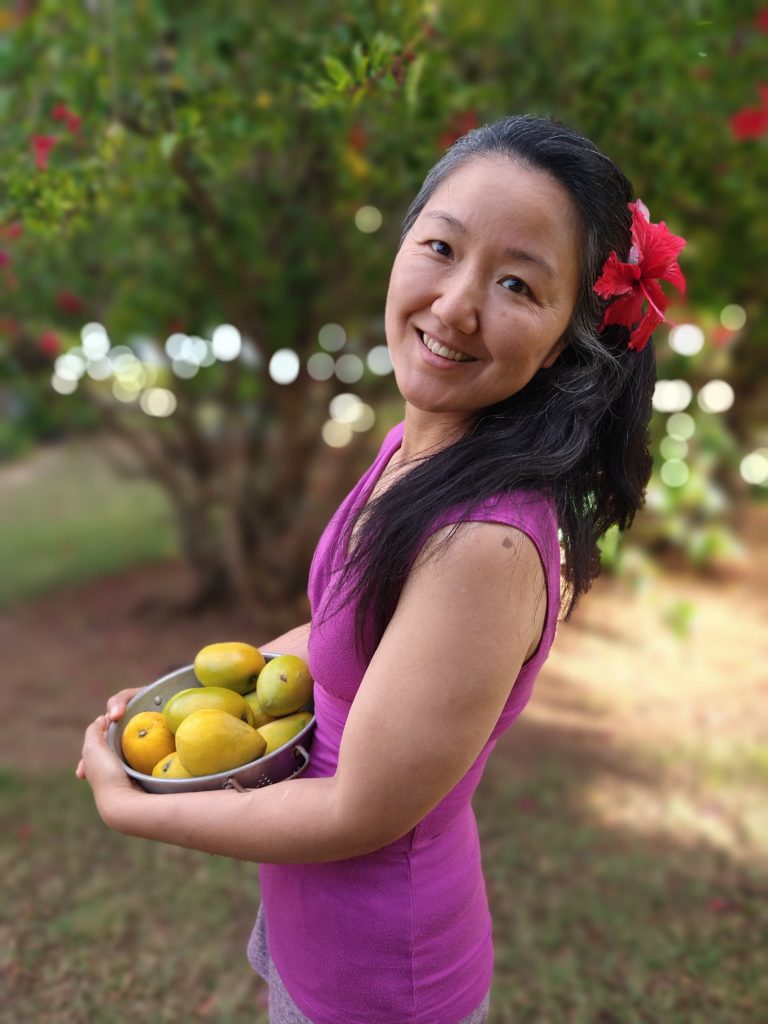
The island also challenges whatever in our identity that no longer serves. I became a vegetarian at 5-years-old spontaneously. I have a very high sensitivity to the suffering of animals. Eating meat would make my stomach sick.
When we landed on Molokai, island people started to bring venison over. Deer is an invasive species brought to the island. With no natural predators, they proliferate to the point of being pests as they devour vegetation. So the men of the island took it upon themselves to hunt deer and protect the fragile ecosystem.
When I suddenly turned into a vegetarian 40 years ago, my parents were mystified. That was a time when the memories of famine were still fresh and no one was vegetarian except monks. My parents were again stunned when they heard that I started eating venison on Moloka’i. Mysteriously, my body spontaneously opened up to meat again, urging me to take it in! And, I enjoyed it!
“Well, of course!” my Moloka’i friend would say. “The only psychological trauma these deer endured was probably boredom! Eating venison is a more environmentally friendly thing to do than eating tofu on this island, as it costs lots of fuel to transport tofu. Your body knows it. Listen to your body.”
She is right: my body, naturally more connected to the Earth Mother, is telling me something about an adaptive way of being that is crucial for our leadership going forward. We need to be ready to drop what we think we know so that we can stay in right relationship with the context in which we find ourselves. The leadership we are birthing right now is geographic, collective and adaptive, improvising responses to the immediate conditions in a holistic way. We need to let go of fixations on a rigid set of prescriptions about what to do and what to say.
Moloka’i affirms in me the kind of culture I want to bring forth for our future, inviting the liveliness of Earth Mother, the bountiful gifts of the Great Mother, to the center of our attention. This is not about excluding the benefit of modern technology, but keeping its essence and minimizing its impact by putting it into the background.
I yearn for a civilization where people come together listening to Earth Mother again, caring for her, and consulting her, rather than smearing her body with concrete and asphalt, stuffing her throat with the garbage of consumerist goods and blocking her voice with electronic devices. This means a seismic shift in how we do business and think about economic structures. Do we have the courage to birth such a civilization?
Breathing in the Pain; Breathing out the Joy
In preparing me for my second “book-child”, Earth Mother presented me an array of gifts and taught my body how to make “ecstasy hormones”.
Joe and I spent every breakfast and dinner sitting on the lanai (Hawaii style porch) watching the ocean, wind and rainbows dance, accompanied by the choir of tropical bird songs. Many mornings, I would paddle out in a kayak away from the shore toward the edge of the reef, enchanted by the varying shades of blues swaying under my boat. When I jumped into the turquoise blue water, I was back in the womb of the Great Mother. I became a school of reef fish. I became a sea turtle napping on the ocean floor. I became an eagle ray doing an elegant dance. I became the water, the ocean and the Mother herself.
Three weeks after arriving there, several chronic physical issues I have suffered for years disappeared. I had never felt so alive as I did on this island. When the noise and distraction of modern culture falls away, the liveliness of the Earth is orgasmic. The pleasure is simple and yet potent, the sweetness of mango freshly picked from the tree, the fragrance of hibiscus tea brewed with flowers outside the window, the shower of light from a star-lit sky, the deep blue swell beyond an empty beach where seals play and turtles dig nests. Each of these moments electrifies my being with the joyful humming of Earth Mother.
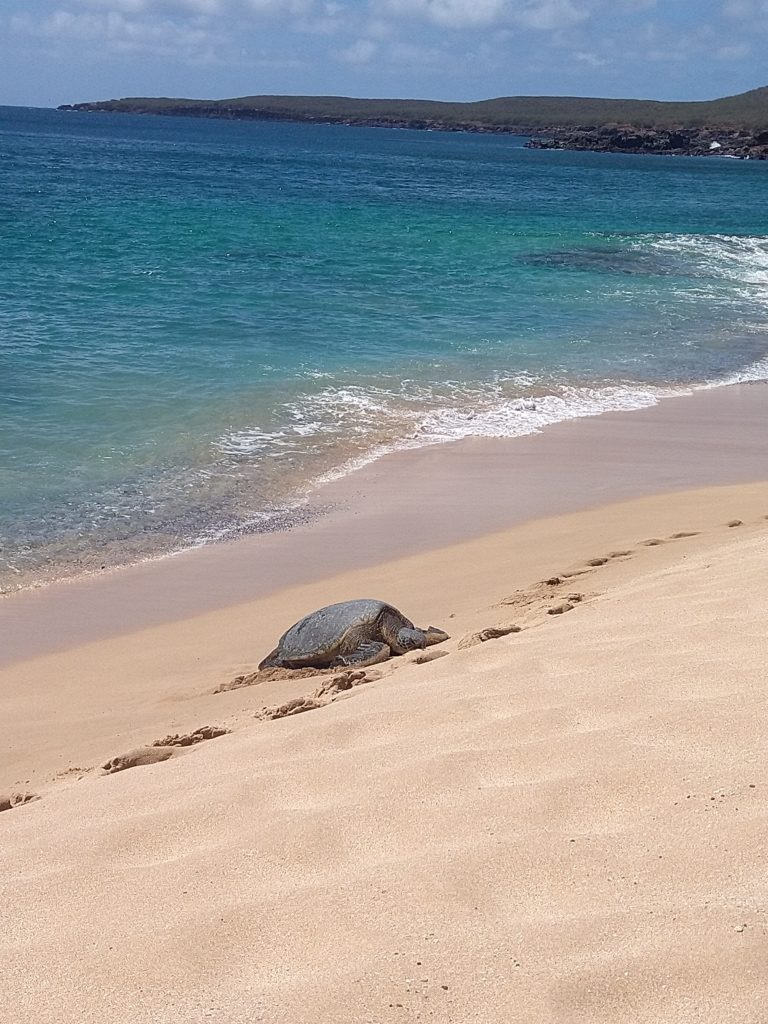
As a great Mother, Moloka’i is not just caring and sweet, she is also a stern teacher. She laid bare her wounds in front of me. Tensions between different racial groups of people were palpable and required delicate navigation. The cultural code on this island has its boundaries and rules that demand respect. This island scorns any expectation of peaceful, idyllic paradise that people like to project onto her.
Moloka’i carries horrific scars from fights with the mega powers of the Money God while defending her dignity. A few years ago, on the west side of the island, a multi-million-dollar firm that owns a big chunk of the island planned to expand and develop luxury homes, which would have brought a disastrous impact to both the fragile reef and local culture. The investors displayed little interest in listening to the locals’ concerns. Eventually the locals cut off the water and forced the investors to leave. When they left, the investors vandalized their own property and left behind the carcasses of deserted businesses, including a fifty-thousand-acre cattle ranch which now looks like the landscape of Mars.
Bayer and Monsanto, agricultural and pharmaceutical giants, have their presence on Moloka’i too, littering the landscape with their GMO monocrop fields. In recent years, they have been caught spraying banned pesticides into local waterways.
It is an eerily chilling scene: the wild and untamed landscape of Moloka’i in juxtaposition with the cookie-cutter fields of GMO monocrops and industrial complexes. Moving through the scene, I saw the reflection of my own story.
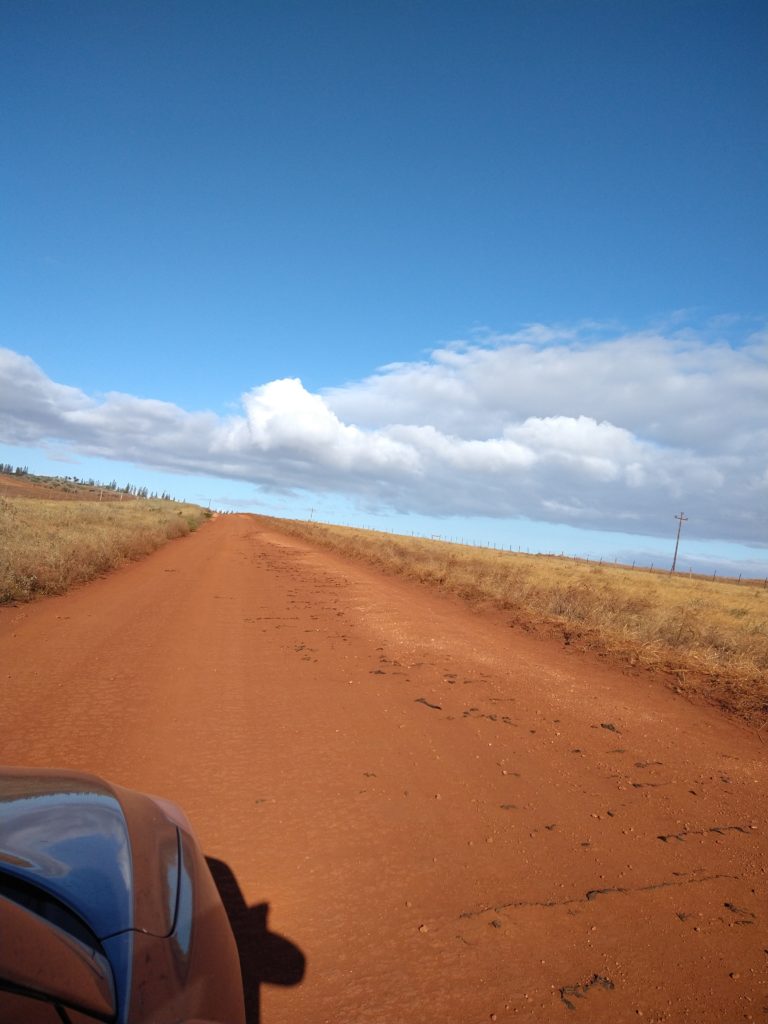
I was born into a lineage of traditional Chinese medicine. My fraternal grandfather was a Chinese medicine doctor and my maternal grandfather worked in a Chinese herbal pharmacy. In the early twentieth century in China, promoted by economic interests, the Rockefellers launched a series of financial, political and cultural movements that delegitimized Chinese medicine, brainwashing people to believe the thousands-years-old practice was “unscientific and backward”. Despite my lineage, I grew up in an agonizing vacuum impoverished in separation from the traditional medical knowledge that nourished my ancestors.
This is not just my story, or Moloka’i’s story. This is the story that unfolds when all indigenous cultures encounter modern profit-driven, capitalist cultures. As a player embroiled in this story, I am exploring a new perspective to unravel this stand-off.
Out of the hand of fate, my first career in life was a scientific researcher in the pharmaceutical industry. I know from first-hand experience that behind these “evil systems” there are kind, intelligent, heartful people who have every intention to do good. In my current role as leadership coach, I work with people in the pharmaceutical and healthcare industries who genuinely want to transform their industry. The obligation of my job asks me to put myself in their shoes and look into the situation through their eyes. I have to admit that at times it is simply too painful for me to do this.
Our society has become so complex that we are separated into silos of differing realities, each with its own sense-making mechanism and basic assumptions. Enshrouded in our own silos, it’s hard to connect with someone else’s reality. When these siloed realities collide, we feel the pain and contract ourselves further with blaming and judgment. When we contract, we shut off our hearts, get further entangled in conflict and animosity and the never-ending game of othering and blaming.
Part of me is very much entrenched in this game. As I was writing the words above, I felt pain, rage and contraction. I judge the investors who were chased off the island, the people who operate the GMO crops and spray pesticides into waterways. But I have done enough inner work to know that judging others does not take me very far in changing the situation. What it does, though, is to serve as a band aid on my wound when it’s too much to feel.
Believing our judgment is real and de-humanizing others only re-creates the problem all over again. One of my favorite mottoes comes from American playwright Jonathan Larson, who says the opposite of war is not peace, but creation. Throughout my life, I have used my interior to harbor a “war” between the indigenous knowledge of Chinese medicine and modern knowledge of western medicine. This internal war has left me with many wounds and scars, which are now becoming the womb of my creation.
When I was on Moloka’i, one of the things I loved the most was to go out in the dark of night and bathe myself under the stars, feeling the glorious light descending from the depths of the galaxy. In that moment, surrendering myself to a power greater than my own, I asked it to inseminate me and my womb.
In those moments, I feel the pulsation of a new life in my womb. I hear the questions asked by the leaders of the future.
“How do we bridge the difference in our ways of being shaped by different worldviews and beliefs? When others’ ways of being cause pain and suffering to us, can we connect with the healing power of the Great Mother while holding compassion for the very person who hurt us? What will be the condition that turns that pain and suffering into the womb of creation?”
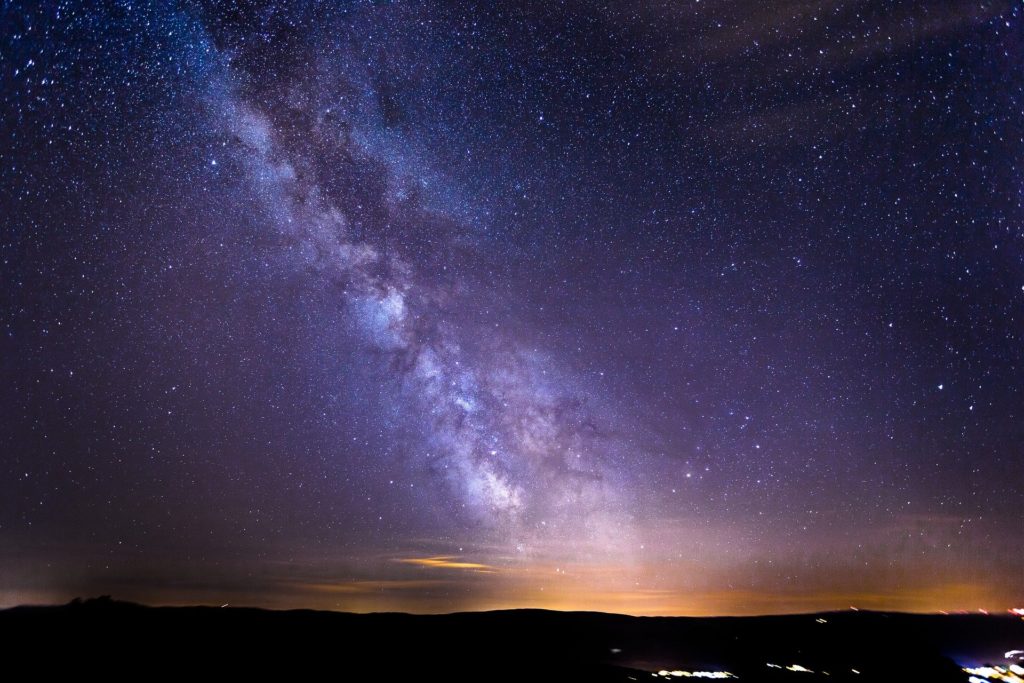
A Final Message
In the summer of 2021, the spirit of Moloka’i summoned me to study the magic for ecstatic birthing: breathing in the pain and breathing out the joy. I am only a student, following the footprints of the masters who lived on the island before. I offer my psyche and body as a crucible, to contain, feel and transform the pain, praying for the grace of Mother Earth to imprint me with a different kind of neurological response that can lead to a joyful birthing.
As I feel myself pregnant with the next book-child, I align myself with the Great Mother in her birthing. I hear this message from Earth Mother that I would like to share with you, my reader:
“As a new blueprint for humanity is being birthed, there will be more hardship ahead. The leadership required to survive and thrive through these challenges no longer privileges the elite class of wealth and social status. The leadership of this planet will come from me, the Great Mother, and will work through anyone who is willing to work on my behalf. No matter whether you are rich or poor, young or old, at the top or bottom of the social hierarchy.
“This leadership is now particularly alive at special ‘power places’ on Earth, stewarded by people who honor communities, relationships and land. And, no matter where you are right now on the planet, you can attune to this leadership by connecting with people you love, taking care of your own well-being, giving yourself fully to work that enlivens and empowers you, and staying in right relationship with your environment.
Allow yourself to feel your feelings. Be it grief, rage, joy or hope, your feelings are the medicines your body makes to help you go through the birth canal. As you attend to this birthing moment with love and care for me and each other, you will breathe out my joy.”
[If you read this article and identify yourself as a member from this tribe of leaders to participate in Earth Mother’s birthing, please read on:]
Dear tribe,
I know you are out there, stewarding the piece of vision that is yours to hold. Amid the chaos and breakdown happening all around, somewhere inside you still sense hope, even though you may not even have words for what that hope is. At times this can feel lonely and isolated. We need a container where we can meet each other, nurture each other’s vision and share the beauty and vulnerabilities of staying connected with the Earth Mother at this evolutionary junction.
I am in the process of creating such a container for Earth Mother tribe to regenerate and nourish themselves, and connect with each other. I also can’t wait to share Resonance Code with you again. Resonance Code is the “device” through which I stay connected with the Earth Mother. During the last eighteen months, Resonance Code has grown a lot on its native soil. We are now developing a full program of training materials that include somatic practice, interactive embodied approaches, and coaching processes to apply the theories laid down in the book.
Please stay tuned through our newsletter for the upcoming program!
Spring

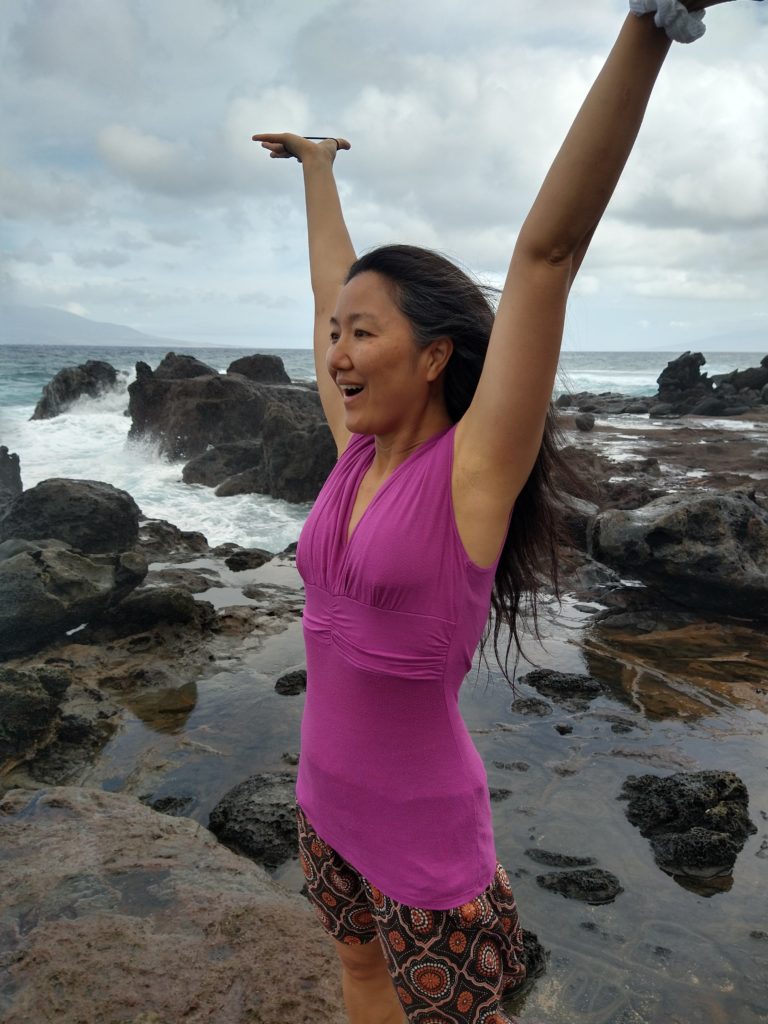
This is such a beautiful writing, Spring. I feel nourished through reading about your journey on Moloka’i and grateful for your articulate sifting through the complexities of place and self.